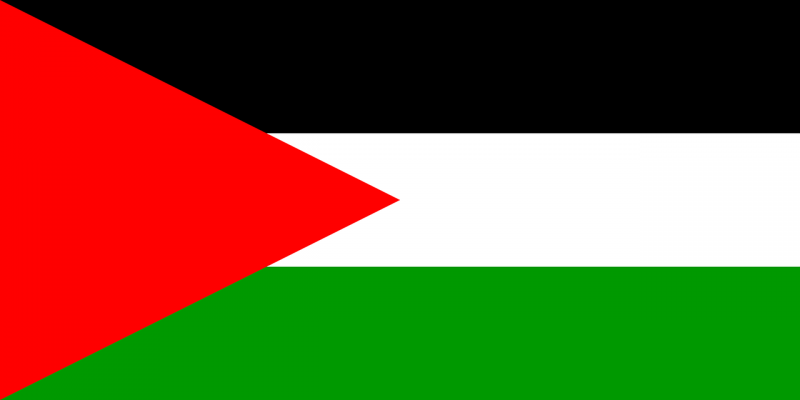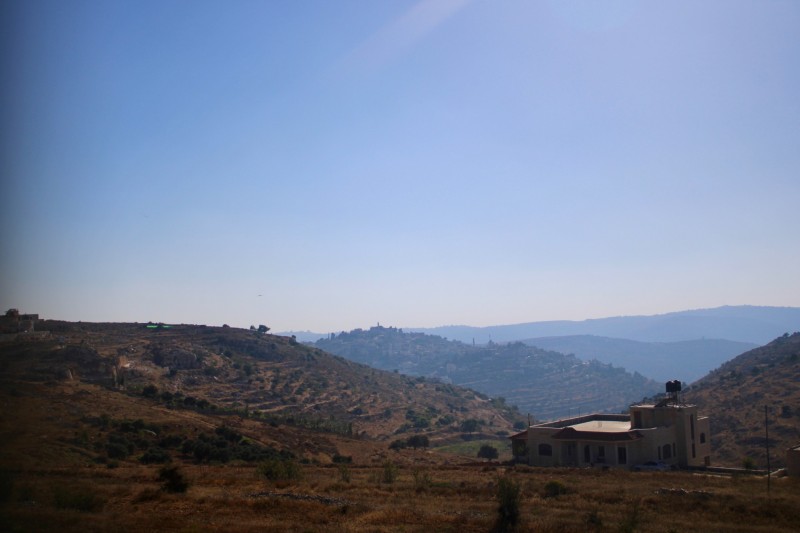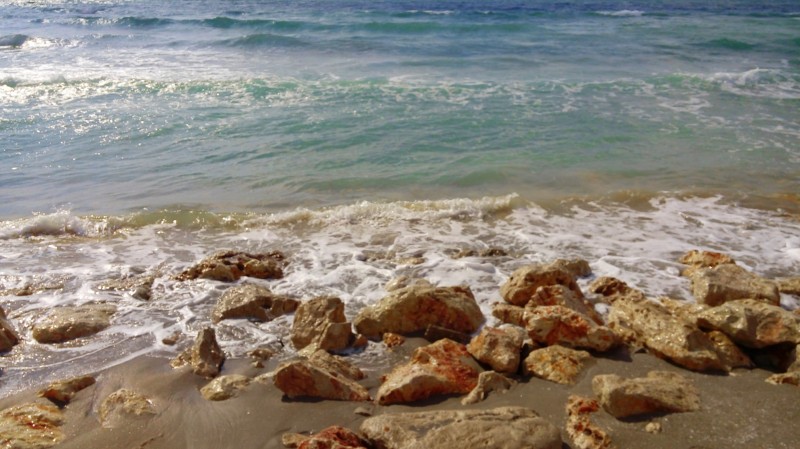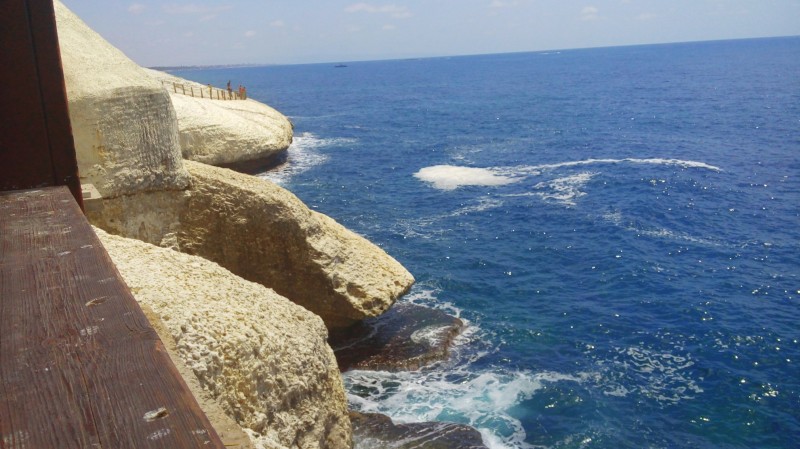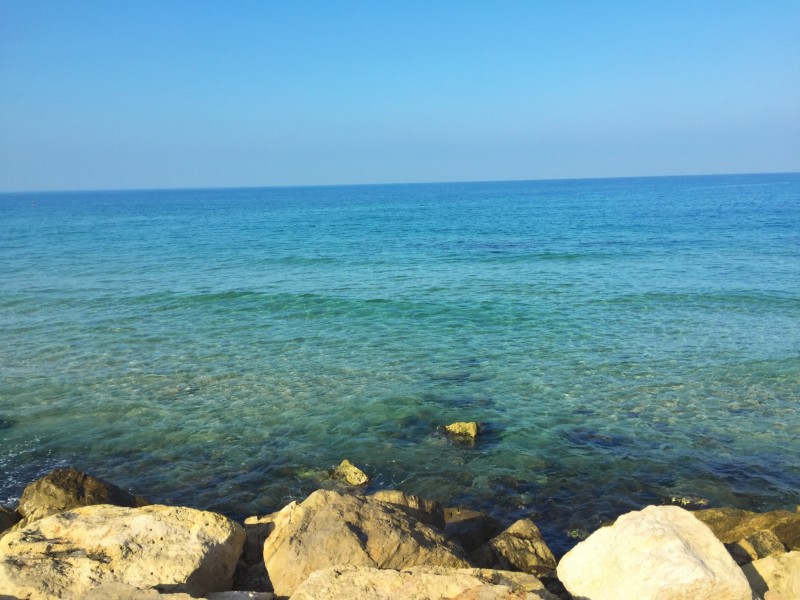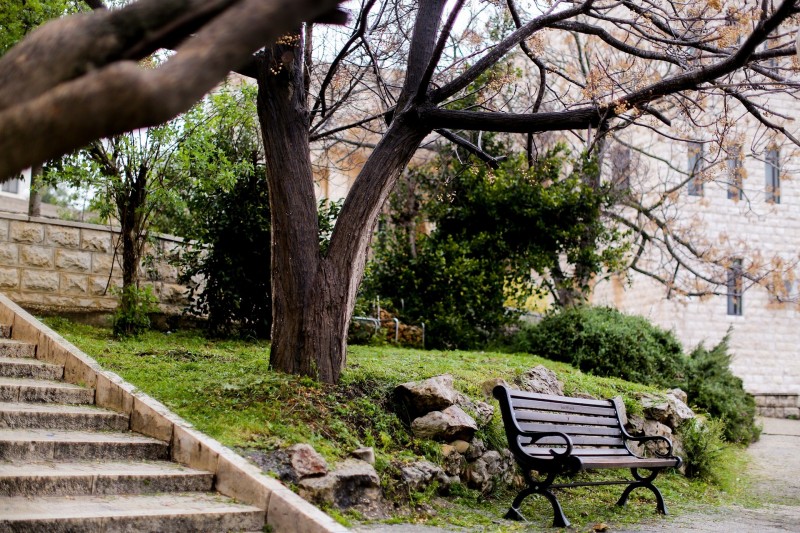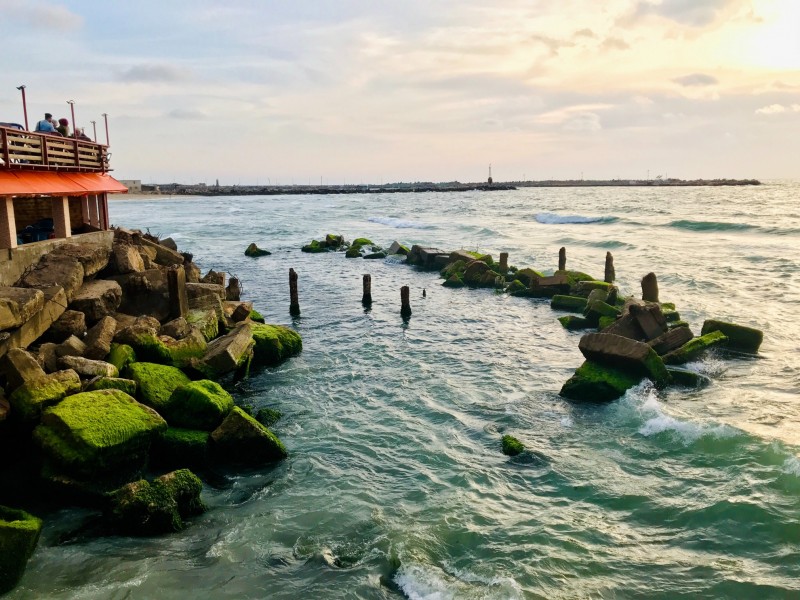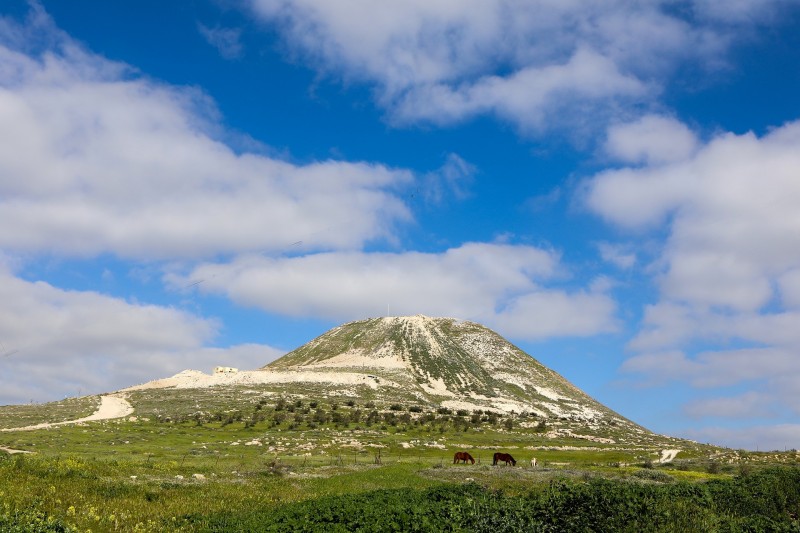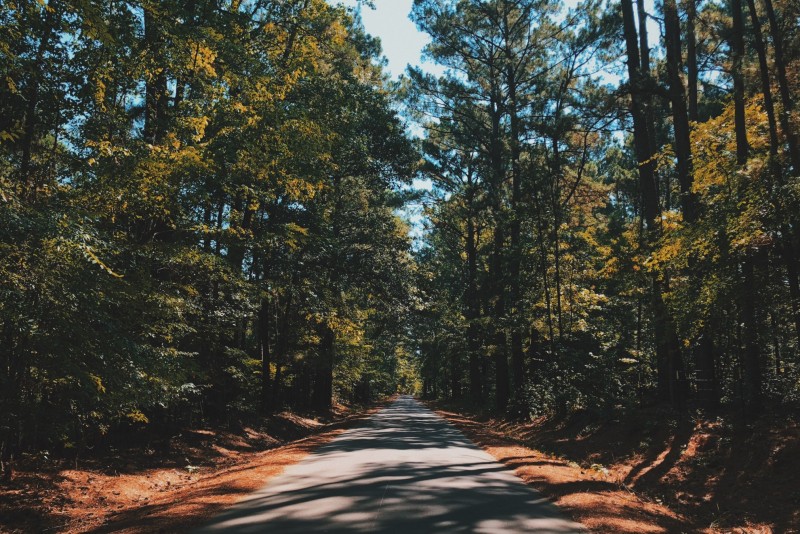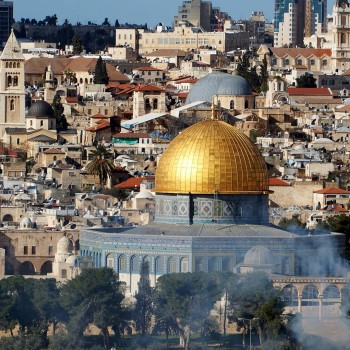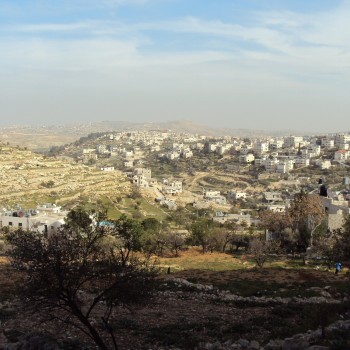Palestine
Palestine
Capital city description
Jerusalem is commonly known as al-Quds, the most prominent city in the West Bank is the official capital of Palestine. Still, now as the Israeli army occupies it, the capital is not designated as the people of Palestine wish.
When most Palestinians discuss Jerusalem as being the capital of Palestine, they refer to what is commonly termed "East Jerusalem," which includes all of the Eastern districts of Jerusalem, most of the neighborhoods to the North and South of the city, and the Old City of Jerusalem.
Climate
The climate of Palestine remains moderate. The most scorching months in the environment in Palestine are the months of July and August. The summer season in Palestine is relieved by the gentle wind that blows from the Mediterranean Sea, and although the days of the summers are sweltering, the evenings are chilly. Palestine in the summer season reaches up to 35º C, and in the winter season, the temperature in Palestine may sometimes fall to zero. Rainfall in Palestine is very restrained, and the months in which there is extreme rainfall in Palestine are from November to February.
- Spring: March through May
- Summer: June through August
- Autumn: September through November
- Winter: December through February
Languages spoken
The official language widely spoken in Palestine is Palestinian Arabic, a subgroup of dialects belonging to native Arabs in the Levant and those belonging to the Mediterranean East Coast. Other unofficial languages include Hebrew, Armenian, and Domari. English and French are the most basic foreign languages due to colonial influences.
Fun/Fascinating Facts
- Christmas is celebrated on three different days in Palestine by various religions.
- Palestinians experience a temperate climate with warm to hot summers and mild winters.
- Palestine is just a territory or a region near Arab and Jewish countries. Like New England, which has no government and is just an American region or territory.
- The main exports include fruits, vegetables, flowers, olives, stone, and occasionally fish.
- You can see many large wild animals in Palestine, including wild boar, foxes, mountain gazelles, wolves, jackals, hyenas, leopards, and the Nubian Ibex (a desert-dwelling goat species), plus many species of migratory bird.
Unique Customs/Traditions
- The family is the most fundamental unit in Palestinian society. The family serves as the primary source of identity, and extended families live together in compounds or villas divided into apartments for all male sons and their families.
- Palestinians set a high premium on generosity and hospitality. Palestinian homes are always ready to receive an unexpected guest with food, sweets, and Arabic or Turkish coffee. Visits with family and neighbors are conventional, often happening once or twice a week.
- The birth of a baby is an incredibly joyful occasion in Palestinian society. For several weeks after a baby is born, family, friends, and neighbors will visit the new parents and grandparents to offer their love, support, and best wishes. A traditional dish, mughli - a pudding made of semolina flour, sugar, and cinnamon, topped with fresh nuts - is served with coffee or tea.
- In rural areas, marriages are arranged by the fathers of the bride and groom. The women's family plays a key role in introducing the couple, and daughters are often asked to accept a potential groom before the arrangements are made. Courtship varies somewhat in larger towns and cities, where young men and women are more likely to be introduced by family but then spend time getting to know one another, usually with a family chaperone, before deciding whether or not to marry. Though a minority, some middle and upper-class Palestinians enjoy the type of courtship most common in the West, meeting and choosing a spouse on their own based on love. It has also become common for Palestinians to marry people from other nations and cultures.
- Palestinian wedding ceremonies are extravagant events and typically last three days. The entire town may attend weddings in villages. The bride is carried in a parade to the groom's home, where the celebration takes place with food, sweets, music, and dancing. The family may butcher one or more lambs to feed the guests, and extended family members often pitch in to prepare other dishes. Weddings in urban areas may be smaller but are no less elaborate.
Popular universities
| Name | Description | |
|---|---|---|
| Birzeit University | Founded in 1972, Birzeit University is a leading educational institution and an intellectual hub that lures top students and faculty, offering a wide range of academic programs and professional development opportunities. Located in the urban setting of the medium town of Birzeit, West Bank. | |
| Al-Quds University | Al-Quds University is a non-profit public higher education institution located in the rural setting of the municipality of Jerusalem. It was established in 1984. Al-Quds University (AQU) provides higher education and community services within the Jerusalem area and the neighboring towns, villages, and refugee camps in the West Bank. AQU is wide-reaching with members from all over the West Bank, including Bethlehem, Hebron, Jenin, Jericho, Nablus, Ramallah, Tulkarem, and Qalqilia. With fifteen academic faculties including Arts, Medicine, Dentistry, Law, Qur’an, and Islamic Studies and Engineering. | |
| Bethlehem University | Bethlehem University, the first university established in the West Bank, The Bethlehem University of the Holy Land is a Catholic Christian co-educational institution of higher learning founded in 1973 in the Lasallian tradition, open to students of all faith traditions. Bethlehem University (BU) offers courses and programs leading to officially recognized higher education degrees such as pre-bachelor degrees (i.e., certificates, diplomas, associate or foundation), bachelor degrees, master degrees in several areas of study. | |
| An-Najah National University | Founded in 1977, An-Najah National University is a non-profit public higher education institution located in Nablus, West Bank. An-Najah National University is a vital core of learning which nourishes science, knowledge, and understanding. An-Najah offers undergraduate instruction in the fields of Medicine, Engineering, Humanities, Social Sciences, and Natural Sciences, as well as numerous courses of graduate study in the humanities and the social sciences. | |
| Islamic University of Gaza | The Islamic University of Gaza is an independent academic institution of higher education, located in the large city of Gaza City, Gaza Strip., operating under the Ministry of Education and Higher Education supervision. It was established in 1978. The university provides its students with an academic atmosphere committed to Islamic values and considers the conditions and traditions of the Palestinian people. And puts all available possibilities to serve the educational process, is concerned with the practical side, with its attention to the theoretical side, and is interested in employing the available technology in the service of the educational process. | |
| Hebron University | Hebron University is a non-profit public higher education institution located in the large city of Hebron, West Bank. Established in 1971 and officially recognized by the Ministry of Education and Higher Education of the Palestinian Territory, Hebron University (HU) is a coeducational Palestinian higher education institution. Hebron University (HU) offers courses and programs leading to officially recognized higher education degrees such as bachelor's degrees, master's degrees in several areas of study. | |
| Arab American University | Arab American University (AAUP, formerly AAUJ) is the first private Palestinian university, founded in the year 2000, in collaboration with California State University (CSU) in Stanislaus and Utah State University (USU) in Logan. AAUP serves the educational needs of over 11,300 students; among them, there are 40% from Palestine and 55% from the Palestinian homeland, and 5% from international countries, by providing a dynamic learning atmosphere that inspires innovation and has a primary focus on every student’s success. Arab American University (AAUP) offers courses and programs leading to officially recognized higher education degrees such as doctorate degrees in several areas of study. | |
| Palestine Polytechnic University | Palestine Polytechnic University is a non-profit private higher education institution located in the large city of Hebron, West Bank. Officially recognized by the Ministry of Education and Higher Education of the Palestinian Territory, Palestine Polytechnic University (PPU) is a medium-sized coeducational Palestinian higher education institution formally affiliated with the Islamic religion. Palestine Polytechnic University (PPU) offers courses and programs leading to officially recognized higher education degrees such as pre-bachelor degrees (i.e., certificates, diplomas, associate or foundation), bachelor degrees, master degrees in several areas of study. | |
| Al-Aqsa University | Al-Aqsa University is a non-profit public higher education institution located in the large city of Gaza City, Gaza Strip. Officially recognized by the Ministry of Education and Higher Education of the Palestinian Territory, Al-Aqsa University (AU) is a large coeducational Palestinian higher education institution. Al-Aqsa University (AU) offers courses and programs leading to officially recognized higher education degrees such as pre-bachelor degrees (i.e., certificates, diplomas, associate or foundation), bachelor's degrees, master's degrees, doctorate degrees in several areas of study. | |
| Al Azhar University-Gaza | Al Azhar University-Gaza is a non-profit public higher education institution located in the urban setting of the metropolis of Gaza City, Gaza Strip. Established in 1991 and officially recognized by the Ministry of Education and Higher Education of the Palestinian Territory, Al Azhar University-Gaza (AUG) is a large coeducational Palestinian higher education institution. Al Azhar University-Gaza (AUG) offers courses and programs leading to officially recognized higher education degrees such as bachelor's degrees, master's degrees in several areas of study. | |
Festivals & Events
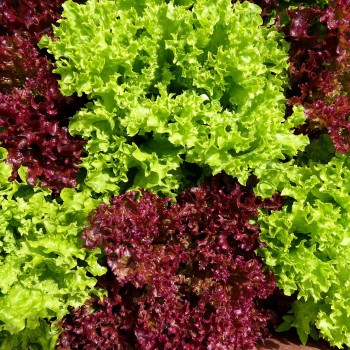
Artas Lettuce Festival
Date: April
One of the most delightful festivals in the region is the Artas Lettuce Festival. The event, which celebrates the life of peasants, is usually held in April. Since 1994, the annual Lettuce Festival, which takes place in the beautiful village of Artas just south of Bethlehem near Solomon's Pools, brings locals and visitors together in a joyous festival honoring the eternal Palestinian peasant organized by the Artas Folklore Center.

Palestine International Festival
Date: July
The oldest and largest annual festival, the Palestine International Festival (PIF), was founded in 1993 to organize and host the first international cultural events in Palestine. The celebrations have brought music and dance groups from Spain, Greece, Chile, Egypt, Morocco, Algeria, Iraq, and Turkey.
In 2005 the festival expanded beyond Ramallah into various villages and refugee camps throughout the West Bank. It hosts more than just Palestinian cultural presentations; dance and music groups from all over the Mediterranean come to the party too.
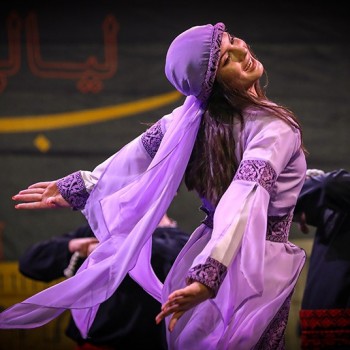
Birzeit Heritage Week
Date: July
Birzeit is home to one of the region's largest and most prestigious universities, known for its college-town ambiance and excellent hospitality. During the summer month of July, Birzeit opens its arms to the neighboring Palestinian community for the Birzeit Heritage Week. Thousands flock to the town each year to celebrate the area's unique music, dance, cuisine, film, and theatrical heritage.
While it is already a popular destination for local families, international tourists are increasingly moving beyond the traditional tourist sites in the West Bank to enjoy the living culture of Palestine amidst the beautifully terraced hillsides.

Taybeh Oktoberfest
Date: 6th-7th October
The Taybeh Brewing Company has been welcoming people from all over the world to celebrate Oktoberfest every year since 2005 when David Khoury became the first democratically elected Mayor of Taybeh.
The Taybeh Oktoberfest is a two-day celebration that usually happens on the first Saturday and Sunday of October (excluding religious holidays) and gives a venue to local music groups to celebrate their talent and skills in promoting a different face of Palestine. Artists from Brazil, Germany, Greece, Spain, England, Sri Lanka, and Japan have performed in the last eight years in Taybeh.
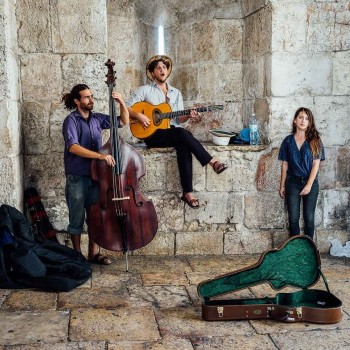
Jerusalem Festival
Date: October
The Jerusalem Festival takes place in October yearly, the connection of the communal and national role of culture in the struggle for survival faced by the city of Jerusalem. Cultural representation empowers the Palestinian people to remain strong and maintain their hopes and aspirations for a better future.
Community individuality is nurtured and combined into history through various forms of human activities: music, theatre, cinema, poetry, and the novel, education, architecture, socio-political action, and daily conduct. These multiple activities blend to represent the story of a people deeply rooted in their land and who tirelessly endeavor to achieve freedom, independence, and progress.
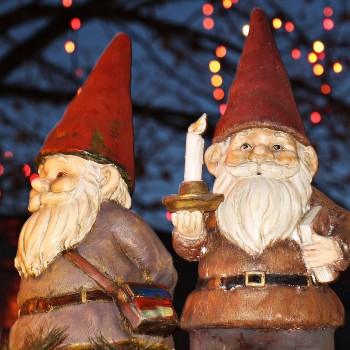
Christmas Bazaar
Date: December
The Christian community in the West Bank flocks to central Bethlehem around Christmas time each year to experience the Christmas Bazaar. The annual Christmas bazaar features booths prepared by the expatriate community from all corners of the earth. Every year, Manger square is filled with locals and tourists alike coming to enjoy the spirit of celebrating Christians.
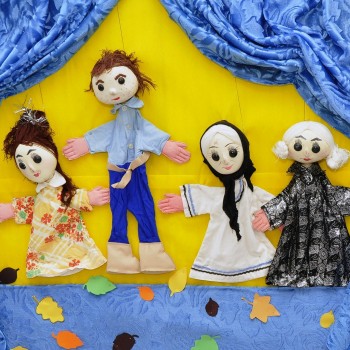
International Puppet Festival
Date: October
A famous annual International Puppet Festival held between 15 and 30 October brings together local and foreign puppeteers to enjoy audiences of Palestinian children and adults alike. In a day and age where Palestinian youth are immersed in new high-tech gadgetry, the puppeteer's not-so-lost art leaves them stunned as the most digitally advanced movies.
Attractions / Top Sights
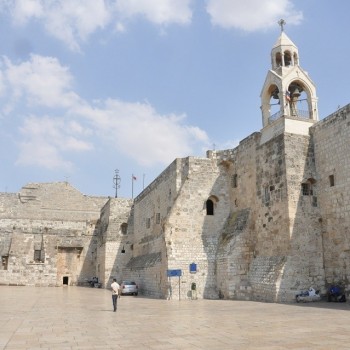
Church of the Nativity
When to visit: March to May / September to December
When to visit: https://whc.unesco.org/en/news/896/
The Church of the Nativity is a basilica located in Bethlehem, Palestinian territories, and one of the oldest continuously operating Christian churches globally. Millions of pilgrims arrive on the Holy Land every year to see this holy place. It is believed that the Church to be built on the spot where Jesus was born has initially been commissioned in 326 CE by Emperor Constantine and has seen countless variations since. A restoration project is in progress to save the building.
The Church of the Nativity site is a World Heritage Site and was the first to be listed under Palestine by the United Nations Educational, Scientific, and Cultural Organization (UNESCO). The site is also on UNESCO's List of World Heritage Sites in Danger as it is suffering from damages due to water leaks.

Garden of Gethsemane
When to visit: March to May / September to December
When to visit: https://www.thoughtco.com/garden-of-gethsemane-history-archaeology-4178391
The Garden of Gethsemane is a small urban garden next to the Church of All Nations in Jerusalem. It is traditionally associated with the last days on earth of the Jewish-Christian leader Jesus Christ. It is believed that Jesus had been praying before being arrested and taken for crucifixion from here. The Garden of Gethsemane is a true paradise of nature filled with olive trees. Its peaceful atmosphere allows visitors to walk in the garden and embody the calm it provides.
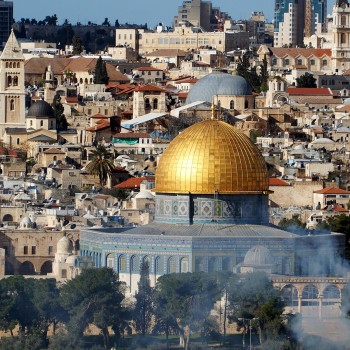
Al-Haram Ash Sharif/Temple Mount, Jerusalem
When to visit: October to March
When to visit: https://www.planetware.com/jerusalem/haram-al-sharif-temple-mount-isr-jr-jtm.htm
The Haram al-Sharif is one of the most controversial pieces of land globally and is Jerusalem's most recognizable landmark. Its gold-plated dome symbolizes the city, and the dome covers a slab of stone sacred to both faiths.
For the Jewish faith, this marks the scene where the world was first created and will end. According to the Islamic faith, the Prophet Muhammad ascended to heaven from this place. Jewish says it was here that Abraham prepared to sacrifice his son.
.jpg)
Mar Saba Monastery
When to visit: November to May
When to visit: https://www.al-monitor.com/originals/2016/05/west-bank-palestine-old-monastery-unesco-heritage-list.html
Holy Lavra of Saint Sabbas the Sanctified, also known as Mar Saba Monastery, is located t the foot of a mountain in Bethlehem's Kidron Valley- the most famous monastery in Palestine. Built 1,500 years ago by Mar Saba and 5,000 other monks, it has recently been nominated for inclusion in UNESCO's World Heritage Sites.
Mar Saba Monastery is one of 13 Palestinian sites included on UNESCO's tentative lists. Mar Saba Monastery awaits registration, along with several other sites like the ancient cities of Hebron, Nablus, Jericho, Mount Gerizim in Nablus, the Qumran caves, and Tell Umm Amer. Men are permitted inside the monastery; however, women aren't allowed to enter. Olive and lemon trees can only be planted, and it is forbidden to eat apples.
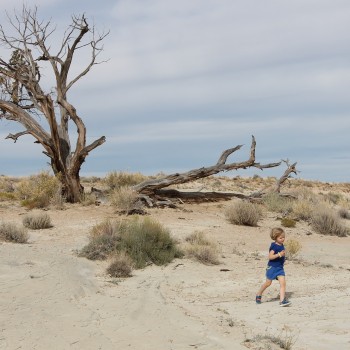
Dead Sea
When to visit: March to July
The Dead Sea is situated near the city Jericho having a length of 50 km and a width of 15 km; it is one of the most attractive tourist attractions in Palestine. It is characterized by mud filled with salts and minerals, which has many benefits to skin health, and it is considered one of the richest clay species. As salt mass is higher in this sea, It is one of the most saline seas.
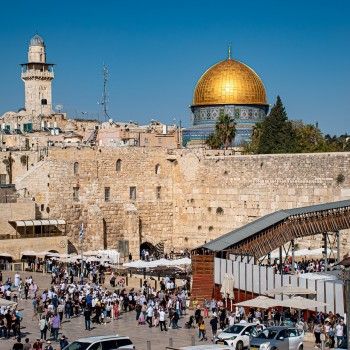
Western Wall, Jerusalem
When to visit: March to May / September to December
The Western Wall, other referred to as the “Wailing Wall,” is the most religious site in the world for the Jewish people, located in the Old City of Jerusalem. The Western Wall is considered sacred due to its connection to the Temple Mount. Because of the Temple Mount entry restrictions, the Wall is the holiest place where Jews are permitted to pray.
Thousands of people journey to the Wall every year to visit and recite prayers. The Wall splits into two sections, one area for males and the other for females. It is one of the meaningful highlights in any tour of the Old City.















